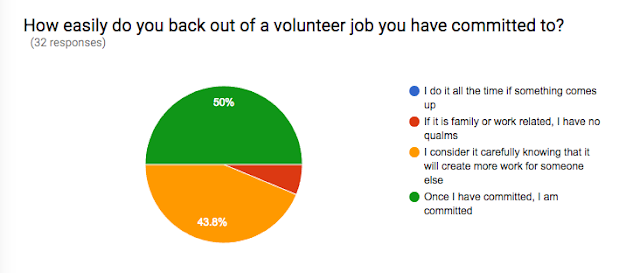Backpacking Food Ideas
I've done a fair amount of backpacking and multi-day canoeing trips and wanted to share as well as preserve what I've learned about backpacking food.
Here are menu ideas for a 5 night/6 day trip:
Breakfast Ideas:
- 1-2 packages Instant Oatmeal (vary the flavors: brown sugar, peach, blueberry etc.)/day
- 1/4 cup raisins (prepared in small snack bags)/day
- 1 packet hot chocolate/day
- 1 granola bar/day or a flat bread (pop tarts, or a flat bun)
- buy egg powder. Rehydrate in a ziplock bag and cook in boiling water for an omelet. Bring salt and pepper, dehydrated cheese
Lunch Ideas:
- Tortillas or bagels (1 bagel/lunch or 1-2 tortillas)
- Peanut butter or nutella (to-go containers, 1/person/day)
- Honey packets (1/day)
- Tuna fish salad packets (1/trip)
- Pepperoni sticks (2-3/day)-slim jims
- String cheese sticks (2/day)
- Costco mangos (prepared in snack baggies)
- Snickers bar--big one daily :)
- Welches fruit snacks
- Jam in a small plastic fruit juice container
- Kind bars
- Granola bars
Snack Ideas:
- Granola bars (1/day)
- Dried fruit (2-3 baggies)
- Nuts (2-3 baggies)--amonds
- Hard candy (several/day)--lifesavers, werthers
- Triskets or wheat thins or other hardy cracker
- Peanut butter m&m's
Dinner: If I'm going on a one day trip, I love to have a hot dog for dinner. It's ready so quickly and I don't have to wait for water to boil and then noodles to soften.
Friends of ours bought fresh steaks, put them in a freezer before we left and had steak over the fire that night.
I almost always choose meals that only require adding hot water. I do not mix the food in a pot but either use the container I bought it in or mix it in a ziplock bag. (I prefer to avoid washing dishes if possible).
My husband made a cozy that helps to insulate the food and cook it better. I put the food in a ziplock bag, put the food in the cozy, add water, seal the bag, and then close the cozy with office clips. I have done a little experimenting with how long it takes to soften noodles. Using smaller size noodles for macaroni and cheese, I let it sit in the cozy for 6 minutes. I also tested some fettuccine and it took about 9 minutes to soften in the cozy.
https://sectionhiker.com/diy-freezer-bag-cooking-cozy/
Determine how many servings you need and subdivide package if necessary. Be sure to write how much water to add if you subdivide.
Sample Dinner Menus: Be sure to vary from night to night. It's no fun to have three nights of noodles or Mexican twice in a row.
- Macaroni and Cheese--Kraft (add powdered milk and butter buds, add boiling water to noodles,
- Mashed Potatoes (Loaded is best, Signature Kitchens, or Idahoan)
- Tortilla Soup Mix (Bear Creek--added freeze dried chicken, some dehydrated mashed potatoes would have been a good addition to thicken it a bit or Packit Gourmet)--fritos travel well
- Noodles (Bowl Noodle Soup, Dr. McDougal Pad Thai, Teriyaki beef noodle)
- Dehydrated Food (Mountain Home or Packit Gourmet (we tried a Tuscan beef stew with polenta, Packit Gourmet all-American hamburger)
- Taco Rice or other flavors (Knorr)
- Take flour, salt, baking powder mixed to a tortilla recipe. Add water, knead in ziplock bag and twist around a stick to cook over the coals.
Treats and Desserts:
- Instant pudding works well--add powdered milk, knead in ziplock bag
- Oreos
- No-bake cheesecake (add powdered milk and butter buds)
- Snickers bars travel well if it isn't too hot
- Dates
- I've also made cinnamon bread
I also wanted to save this link for other grocery store backpacking food ideas:
http://www.roadtriptheworld.com/2016/02/backpacking-meals-from-the-grocery-store/
 |













